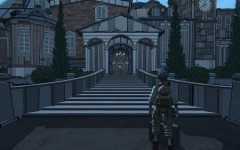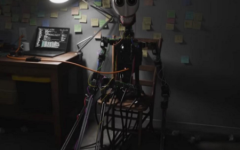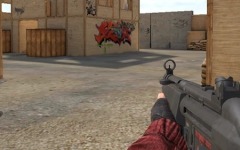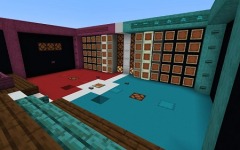Advertisement
Once Upon a Puppet
Advertisement

Once Upon a Puppet places players in a vibrant, stage-inspired world where theatrical elements blend with platforming and puzzles. The story revolves around two characters, Yasna and Drev, whose destinies become bound together by a magical thread. Yasna, a former master puppeteer exiled to the dark realm known as the Underscaffold, regains her link to the world above through Drev, a puppet animated by mysterious forces. Together, they must explore the forgotten stages of the Proscenium, solving puzzles and reconstructing lost performances to uncover the fate of the Theater Kingdom.
Mechanics and Exploration
Players navigate a hybrid control system where manipulating both the puppeteer and puppet is essential. Yasna controls the movements indirectly by pulling invisible strings, guiding Drev through intricate environments filled with traps, obstacles, and stage machinery. Puzzles involve moving scenery, arranging props, and reenacting critical moments from the theater’s past. Timing and strategy are key to progressing, as certain paths only open once specific performances are reconstructed. The game encourages experimentation with movement and interaction, offering different approaches to solving environmental challenges.
Encounters and Adversaries
Throughout the exploration, players face hostile entities that seek to snuff out the last lights of the abandoned stages. Shadows of former performers, corrupted by loss and regret, roam the corridors and forgotten sets. Combat requires quick thinking, using both positioning and limited offensive actions to survive encounters. Each adversary reflects a broken fragment of the Theater Kingdom’s past, adding depth to the obstacles beyond simple threats. Defeating these enemies often unlocks new paths or reveals hidden stories scattered across the world.
Artistic Design and Atmosphere
The visual style draws inspiration from puppet theaters, with exaggerated set pieces, flowing curtains, and mechanical backdrops creating a layered environment. Transition scenes use two-dimensional animations to fill in narrative gaps and offer emotional context. Lighting plays a major role, with spotlights guiding players and casting dramatic shadows to enhance the mood. Musical themes shift depending on the stage and situation, reinforcing the theatrical ambiance and supporting the emotional progression of the story.






















































































































































